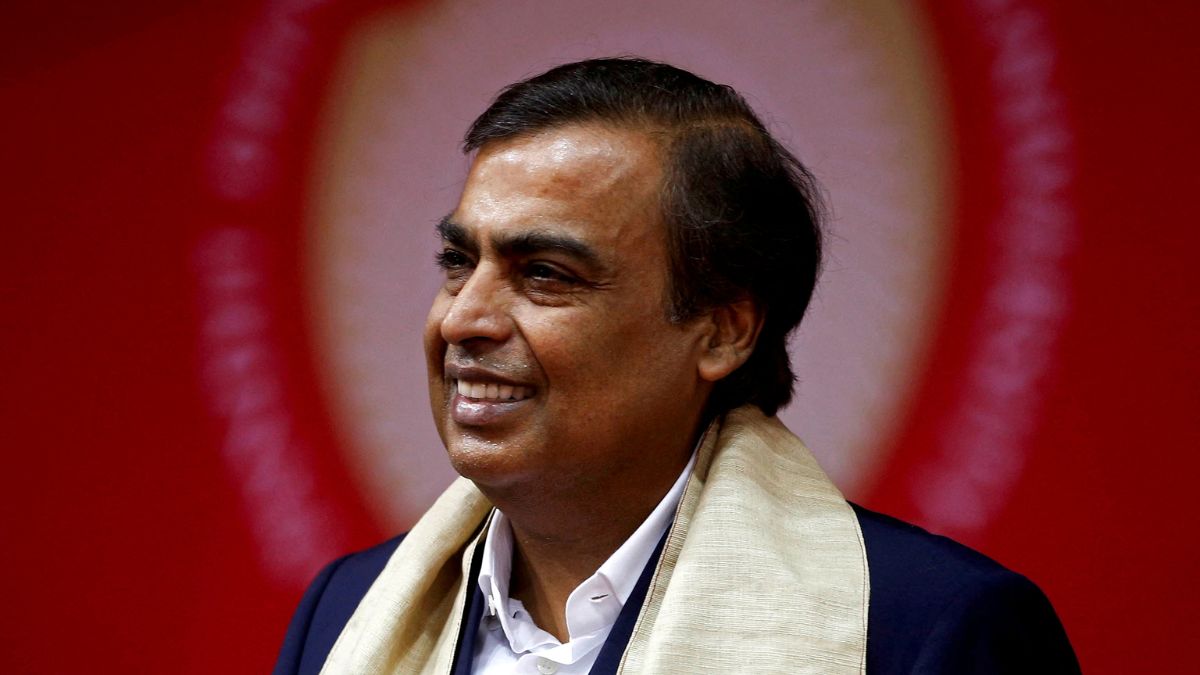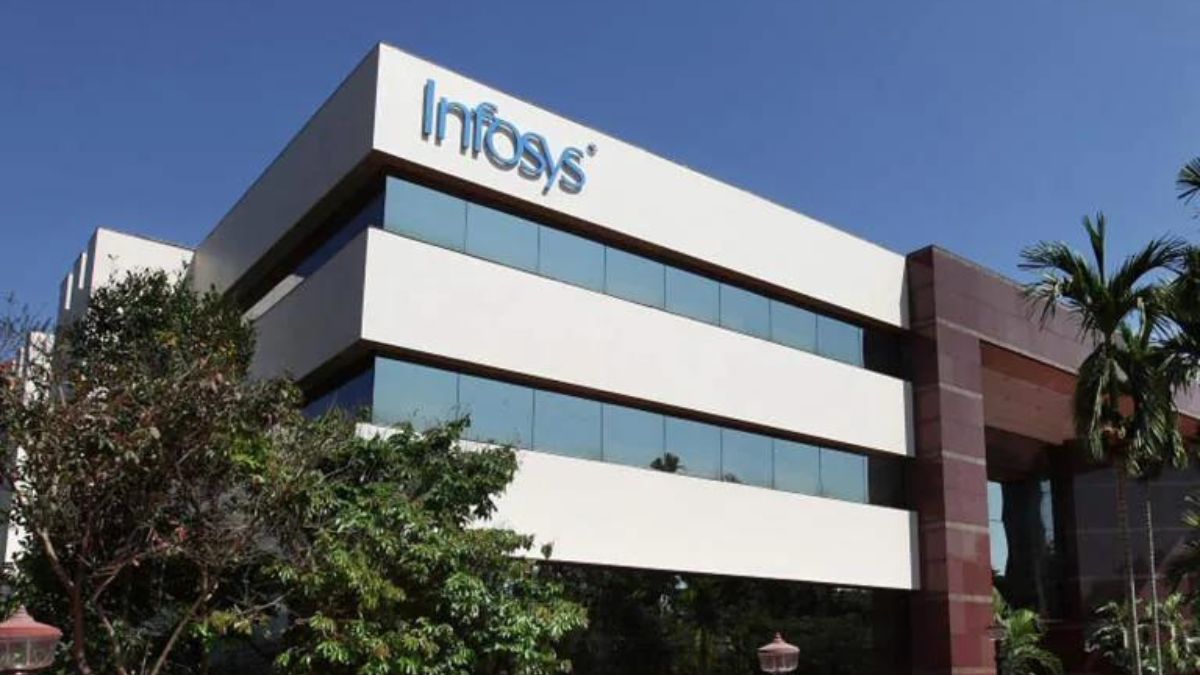The repo rate, short for repurchase option rate, is the rate at which the RBI lends money to commercial banks and other financial institutions in India. How does it affect you? And why did RBI keep it unchanged? We explain read more
)
Reserve Bank of India (RBI) Governor Shaktikanta Das addresses a press conference after a customary post-budget meeting with the Central Board of Directors of Reserve Bank of India, in New Delhi, Monday. File image/PTI
The Reserve Bank of India (RBI) announced on Friday that it has kept the benchmark repo rate unchanged at 6.5 per cent for the eighth consecutive time.
What exactly is repo rate? How does it affect you? And why did RBI keep it unchanged? We explain
Repo rate and its significance
The repo rate, short for repurchase option rate, is the rate at which the RBI lends money to commercial banks and other financial institutions in India.
When the repo rate is increased, borrowing from the central bank becomes more expensive for banks, which may then raise the interest rates for their customers. This can lead to reduced household spending as people have less disposable income.
Conversely, a lower repo rate makes borrowing cheaper for banks, which can then lower their interest rates, encouraging consumer spending and boosting liquidity in the market.
The impact of a change in the repo rate is more direct and immediate on loans that offer a floating rate of interest, while loans that have fixed interest rates are less immediately affected.
How the repo rate affects people
Changes in the repo rate have a significant impact on various aspects of the economy and individual finances:
Loans: When the repo rate increases, non-banking financial companies (NBFCs) and banks pay more to borrow funds from the RBI. To maintain profit margins, they raise interest rates on loans. This results in higher costs for borrowers. Conversely, a lower repo rate reduces borrowing costs, leading to lower EMIs for borrowers on their home loans, personal loans, education loans etc.
Fixed deposits: The repo rate also affects fixed deposit interest rates. When the central bank raises the repo rate, banks may increase fixed deposit rates to attract more funds, offering better returns to depositors. Conversely, a lower repo rate might lead to lower fixed deposit rates, impacting returns for investors.
Overall borrowing costs: A higher repo rate can lead to increased borrowing costs across the economy, slowing down economic activity and controlling inflation. Conversely, a lower repo rate stimulates borrowing, promoting spending and investment.
Repo rate and its impact on the economy
The repo rate is a crucial tool in the RBI’s monetary policy arsenal. It influences the overall economic activity by affecting borrowing costs. A higher repo rate can slow down economic activity by making loans more expensive, which can help control inflation. Conversely, a lower repo rate can stimulate economic activity by making loans cheaper, encouraging businesses and consumers to spend and invest more.
How the repo rate affects the stock market
The stock market is also influenced by changes in the repo rate. When the RBI raises the repo rate, borrowing costs increase, which can impact corporate earnings and stock valuations. Higher borrowing costs can lead to reduced profit margins for companies, potentially leading to a decline in stock prices. On the other hand, a lower repo rate can stimulate economic activity, boosting corporate earnings and stock prices.
Why has the repo rate remained unchanged
Governor Shaktikanta Das explained that the decision to maintain the current repo rate is driven by robust economic growth, providing the central bank with the flexibility to focus on reining in inflation. “The world has gone through one crisis after another in recent years, but the Indian economy exhibits strong fundamentals. We need to remain vigilant in an uncertain global environment,” Das said during a press conference.
The RBI remains steadfast in its objective to align inflation with the 4% target on a durable basis. By keeping the repo rate steady, the RBI aims to ensure that economic growth is not hampered while still addressing inflationary pressures.

 3 months ago
32
3 months ago
32
)
)
)
)
)
)
)
)
)
)
)
)
)
)
)
)
)
)
)
)
)
)
)
 English (US) ·
English (US) ·